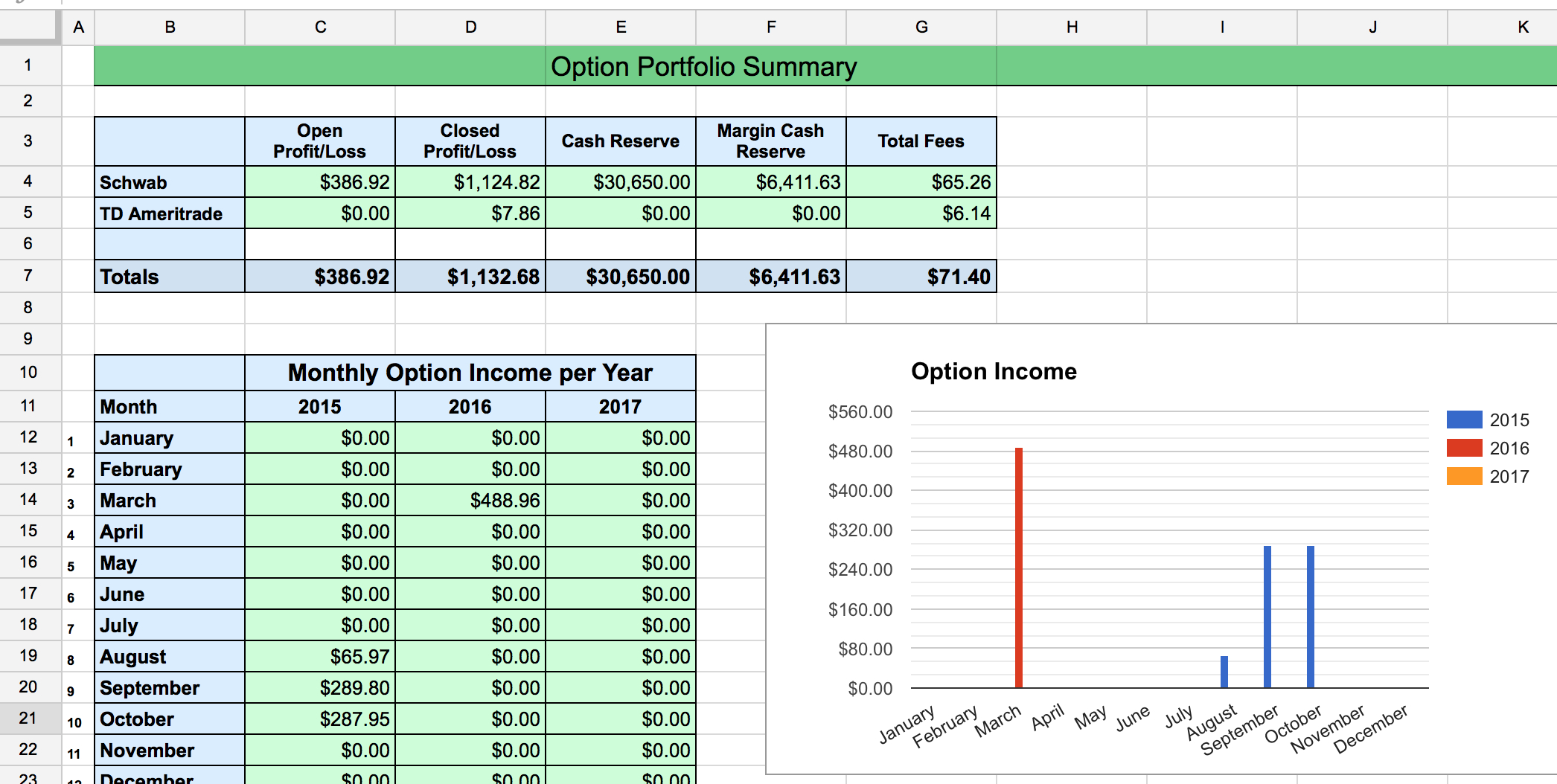

The investor made Rs 1,000 in stock 1, Rs 750 in stock 2 and suffered a loss of Rs 2,400 in stock 3, which created a total market value of Rs 54,350. The reason for the negative weighted return is due to the substantial amount of money which was invested in a negative yielding investment option (stock 3). In the above example, the weighted average return works out to -1.2%, compared to a positive 2.3% arithmetic return. The weighted average return is the sum total of the product (or multiplication) of weights that are associated with different investment options and their respective returns.

STOCK PROFIT CALCULATOR EXCEL GENERATOR
Mutual Funds Spend P2P Data Center Fuel Rates Diesel Rates Petrol Rates Bank Pan Number Bank holidays Penny Stocks MF Ratings & NAV Top Performing Schemes Top Star Rated Schemes Top Tax Saving Schemes Highest Risk Adjusted Return New Fund Offers Forthcoming Dividends NPS Top Performing NPS Scheme Most Consistent NPS schemes ETF Perfomance Latest Prices Listed Bonds Traded in Cash Market ULIPs ULIP Schemes Calculators Recurring Deposit Calculator Fixed Deposit Calculator LTCG Tax Calculator Income Tax Calculator Rent Receipt Generator SIP Calculator IFSC Bank Code NPS Calculator Invoice Generator EPF Calculator House Property Income HRA Calculator Sukanya Samriddhi Calculator Education Loan Calculator Car Loan Calculator Home Loan Calculator Personal Loan Calculator Risk Tolerance Calculator Financial Fitness Calculator Buy Online Health Insurance Car Insurance 2 Wheeler Insurance Interest Rates Recurring Deposit Rates Fixed Deposit Rates Bank Fixed Deposits Rates Post Office Schemes Rates MCLR Loan EMI Participate & Win Stocks & Shares ET Wealth ET Wealth Editions Buy Wealth Magazine ET Wealth Newsletterįor estimating returns when amounts vary across investments, a concept called weighted average return is used.


 0 kommentar(er)
0 kommentar(er)
